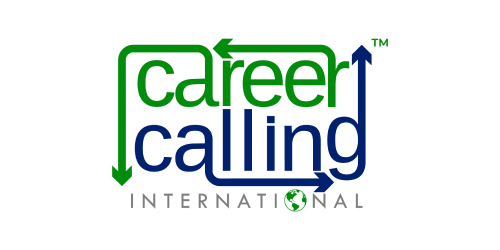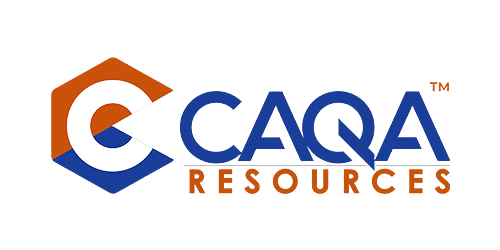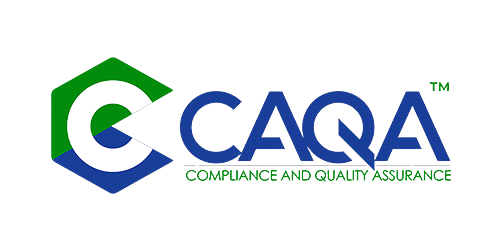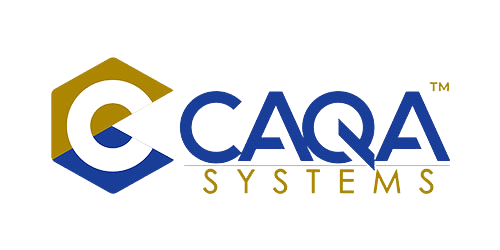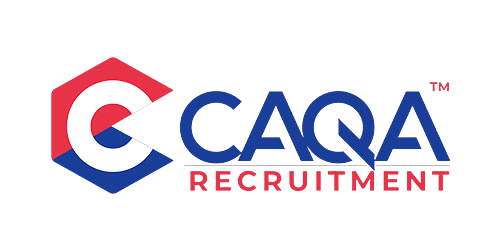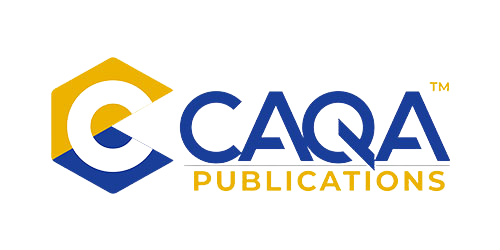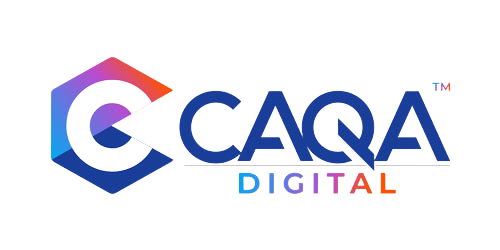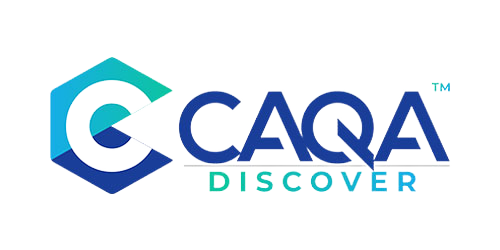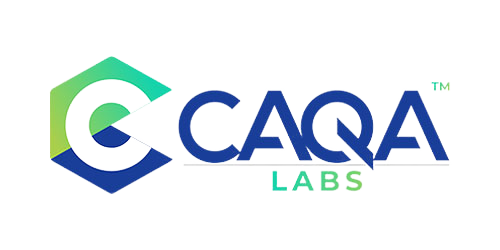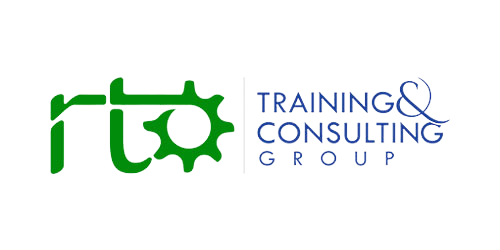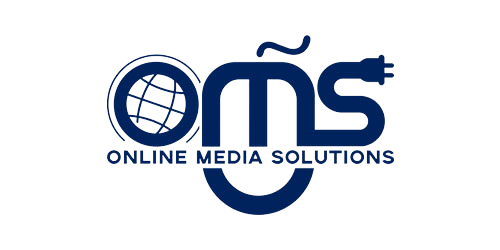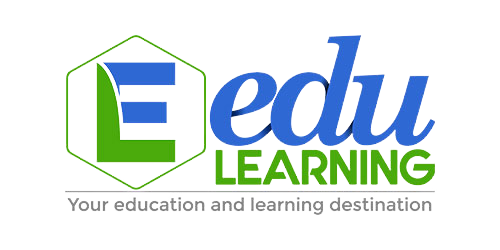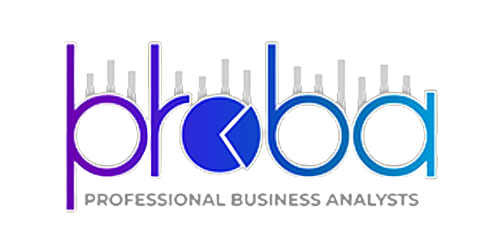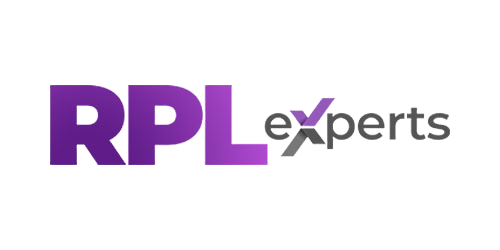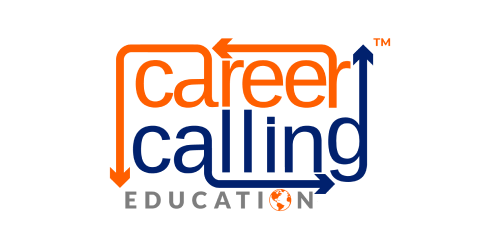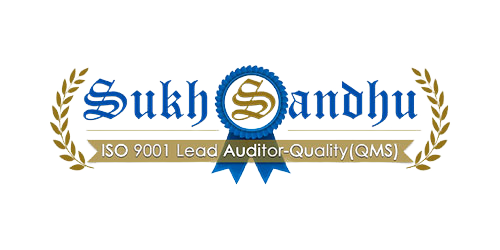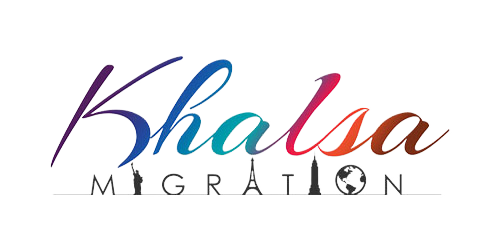Quality assurance in 2025 bears little resemblance to the late-stage, bug-finding function many of us grew up with. AI and hyper-automation have dragged QA upstream and downstream at the same time—into requirements, architecture, data pipelines, deployment, and real-world telemetry—turning it into an end-to-end discipline that is as strategic as it is technical. Modern QA teams are expected to speak two languages fluently: the language of models, pipelines, and code, and the language of customers, risk, and business outcomes. The result is a function that owns quality from the first commit to the final customer interaction, with continuous feedback loops that keep learning long after release.
From bug hunting to value assurance
The old cadence of “build, then test, then fix” is too slow and too brittle for today’s delivery realities. Continuous integration and deployment shortened cycles; AI has now shortened insight. In leading teams, QA shapes acceptance criteria with product managers, pairs with developers on testability and observability, and designs guardrails that operate in production as surely as they do in the lab. This shift reframes QA as a value engine. Rather than counting defects, teams trace quality to business signals—adoption, conversion, retention, trust—and to regulatory and ethical fitness where failure carries outsized consequences. In this model, a release is “done” only when its quality story holds up under live traffic, not just under a perfect test harness.
AI’s transformational impact on everyday QA work
Perhaps the most visible change is the way AI has automated the dullest parts of the job while amplifying human judgment where it matters most. Machine learning models mine codebases, historical defects, and requirements to produce draft test suites that cover paths a human might miss. Natural-language tools ingest user stories and non-functional requirements and express them as executable scenarios, tightening the notorious gap between what the business asks for and what automation actually covers. The time once sunk into boilerplate test authoring is now spent validating intent and probing edge cases.
When user interfaces shift, self-healing tests use computer vision and learned page semantics to update locators and distinguish mere cosmetic changes from functional breaks. This evolution has cut the maintenance drag that used to bog down UI automation, allowing suites to survive iterative design without weekly refactoring sprints. In parallel, AI-powered triage reads unstructured bug reports, logs, and traces, extracts the signal, and proposes priorities that reflect both severity and business impact. Clustering algorithms group similar failures to expose systemic issues, while predictive analytics flag risky modules based on commit history and patterns in prior incidents. Root cause analysis that once took days can now be narrowed to minutes, with humans reserving their energy for judgment calls and cross-team coordination.
Hyper-automation: orchestration beyond test execution
Hyper-automation knits together the wider lifecycle. It is no longer just about running tests faster; it is about automating the surrounding processes that make quality repeatable. Test environments spin up on demand using containers and infrastructure-as-code, seeded with masked, production-like data that is refreshed and retired automatically. Security and compliance checks run continuously, not as one-off gates. Planning, environment setup, data management, execution, and reporting are orchestrated as a single flow, observable in real time through dashboards that blend engineering signals with business KPIs. Process mining watches how work actually happens and suggests candidates for the next wave of automation, steadily converting ad hoc steps into resilient, instrumented workflows.
Strategic quality ownership becomes a core QA mandate.
Because AI accelerates the mechanical tasks, leaders expect QA to step decisively into strategy. Quality plans are now couched in terms the C-suite understands: customer satisfaction, brand trust, revenue risk, and regulatory exposure. Release criteria account for ethical and legal considerations where algorithms touch people’s lives—access, fairness, explainability—alongside performance and reliability. QA is consulted early on product risk and innovation trade-offs, not only called late to test what is already baked. In many organisations, QA now co-owns the definition of “done,” balancing speed with safety and advocating for the observability and resilience features that pay back every week post-release.
Testing the machines that are now part of the product
As AI-enabled features proliferate, QA also tests the systems that test—and sometimes drive—the product itself. Validating a machine-learning model is different from validating a human-coded function: data drift, boundary conditions, and fairness all become first-class concerns. Modern teams work hand-in-glove with data scientists to define acceptance criteria that include statistical performance, robustness to adversarial inputs, and traceability from prediction back to training data. Ethical review has moved from a poster on the wall to a sign-off artifact. Tooling helps probe bias and explainability, but it is the test design—rooted in real user contexts—that keeps the product aligned with organisational values and regulatory expectations.
Keep the human in the loop where judgment matters.
For all the automation, great QA remains irreducibly human. Exploratory testing is still the craft’s beating heart, because human curiosity catches the ambiguous, emergent, and sociotechnical failures that scripted checks cannot foresee. Teams use AI to suggest scenarios and prioritise risks, then apply lived experience to probe the edges: the confusing flows, the error messages that read as blame, the latency that is acceptable in a lab but maddening on a regional connection. High-risk releases keep human oversight in the loop on go-no-go decisions, with QA leaders articulating risk narratives that executives can actually weigh, not just dashboards to admire.
Building the skills portfolio for modern QA
The talent profile of a QA professional has expanded. Automation fluency is table stakes, but so is the ability to reason about systems, data, and observability. The best practitioners read code, shape architecture for testability, and understand how telemetry becomes insight. They are also diplomats and teachers, helping product and engineering teams adopt a quality mindset without turning into the “department of no.” Continuous learning is non-negotiable; toolchains evolve monthly, and the only way to stay credible is to experiment deliberately in safe sandboxes, share findings in communities of practice, and retire what no longer serves.
A metrics shift from volume to impact
When QA becomes a business function, its metrics must reflect business value. Coverage still matters, but only insofar as it predicts fewer painful surprises. Teams track reductions in cycle time and in escaped defects, and they correlate those improvements with customer-visible outcomes: fewer rollbacks, cleaner incident queues, higher task success rates, and better sentiment. In heavily regulated domains, they use continuous validation and predictive analytics to keep risk below thresholds, treating every passing audit not as a victory lap, but as another dataset to tune. Tooling helps by compressing execution time through parallelism on cloud device farms and by surfacing patterns across thousands of runs that no individual could see.
Tooling platforms as multipliers, not crutches
Cloud-based testing platforms have matured from device rental services into integrated quality operating systems. They combine real devices and browsers at a global scale with AI-assisted capabilities that translate requirements into executable checks, mine failures for root causes, and recommend risk-based execution plans. Natural-language interfaces make it possible for non-engineers to contribute meaningful scenarios that engineers can harden. Crucially, these platforms respect the human in the loop: every AI suggestion is traceable, reviewable, and overrideable, keeping accountability with the team rather than the tool.
Governance, ethics, and the new assurance stack
With great automation comes a duty to govern wisely. QA now collaborates with security, privacy, and legal colleagues to embed compliance into pipelines instead of bolting it on. Test data management enforces masking and minimisation by default. Deployment controls ensure that automated rollouts have circuit breakers and that model updates can be rolled back as cleanly as code. Change reviews include “ethics checks” where algorithms touch eligibility, pricing, safety, or employment. Documentation moves from static manuals to living, queryable records that auditors and engineers alike can understand. The assurance story becomes explainable end to end: not just that the system passed its tests, but what was tested, why it mattered, and how the team would detect and respond if reality diverged.
An operating model that scales: TestOps inside DevOps
To make all of this sustainable, organisations are adopting TestOps practices that integrate testing, automation, and observability within DevOps. Pipelines treat tests as first-class citizens; every change carries its test plan and its telemetry hooks along for the ride. Dashboards provide a single pane of glass from requirement to production signal, so product managers, engineers, and QA see the same truth. Ownership is clear: teams maintain their own quality assets, while a central quality platform team curates tooling, patterns, and governance. The payoff is not only speed, but coherence—fewer handoffs, fewer black boxes, and far fewer surprises.
How to move fast without breaking trust
If your QA organisation still feels like a gate at the end, the path forward is iterative rather than revolutionary. Start by pushing quality left into definition and design, adding AI-assisted scenario generation to your refinement rituals so stories arrive with test intent. Instrument your pipelines for risk-based execution so you run the right tests first and often, not all tests indiscriminately. Add self-healing capabilities to the most brittle layers of your suite to claw back maintenance time. In parallel, pull quality right into production with lightweight canaries, feature flags, and post-release checks that watch what users actually do. Most importantly, connect all of this to business goals: publish a quality scorecard that explains how the work you are automating reduces customer pain, protects the brand, and speeds learning.
The elevation of QA
AI has not replaced testers; it has raised the ceiling on what testing can accomplish. The teams that thrive in 2025 are those that treat AI as a force multiplier for human skill, not as a shortcut around it. They automate relentlessly where repetition hides, and they reserve human attention for ambiguity, empathy, and ethics. They view quality as an organisational property that emerges from design choices and operating discipline, not as an attribute to be inspected at the end. And they measure success not by how many bugs they find, but by how confidently they can ship value, learn from reality, and safeguard the people who rely on their systems.
Quality assurance is no longer the last line of defence; it is the connective tissue of modern delivery. In an era of intelligent, automated, high-stakes systems, QA’s future is not replacement—it is elevation.







